Barcelona, Spain —(Map)
Catalonia, Spain has been rocked by protests and violence over the last week. The protests started after a court announced jail terms for Catalan leaders who led an independence vote two years ago.
Catalonia is a region in northeastern Spain. The area has its own history and language. Catalonia is a strong center for business and brings a lot of money into Spain.
For years, a large group of people in Catalonia have wanted to form their own country. But even though 44% of the people in Catalonia want independence, even more – 48% – want to remain a part of Spain.
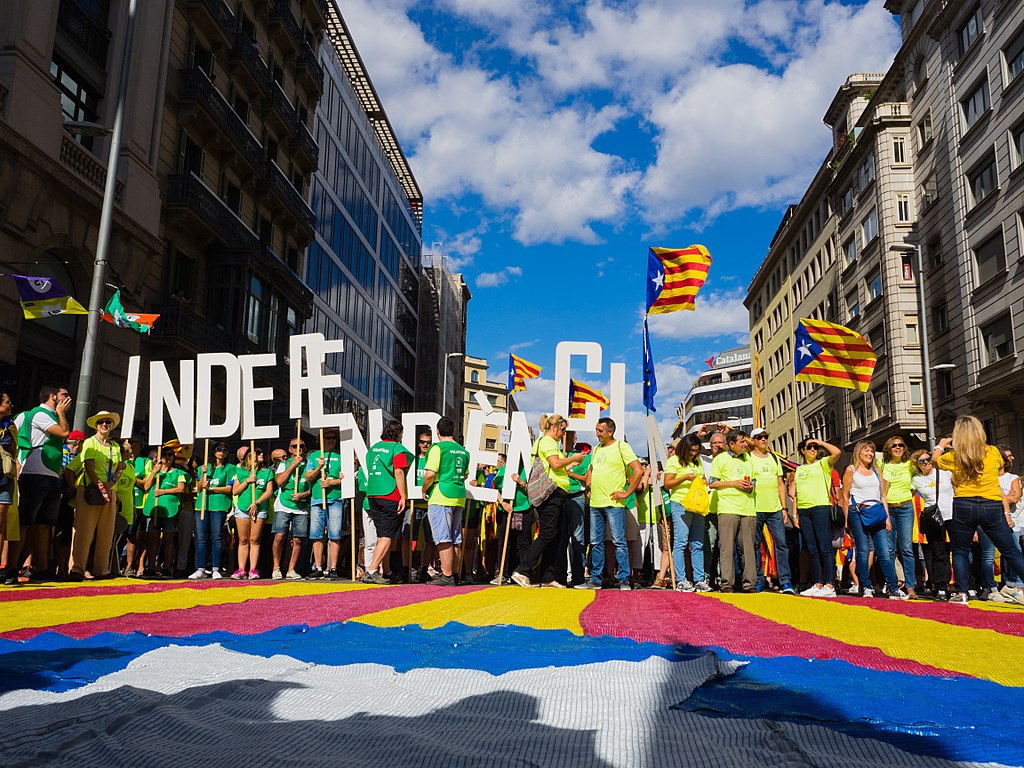
(Source: Màrius Montón [CC BY-SA 4.0], via Wikimedia Commons.)
For several years, the Catalan government has been run by politicians who want independence. In October of 2017, the leaders held a special vote to let the Catalan people decide if Catalonia should declare independence.
Spain’s constitution – the rules of the country – say that no region can split off by itself, and that working for independence is against the law.

(Source: Generalitat de Catalunya, via Wikimedia Commons.)
The government tried to stop the vote, but Catalan lawmakers kept going. Only 43% of the Catalan people voted, but 90% of the votes were for independence. The Catalan Parliament declared independence.
In response, Spain took control of the region, and arrested many of the lawmakers. Catalonia’s president at the time, Carlos Puigdemont, left the country to avoid being arrested.
Last Monday, the Spanish court announced that nine of the Catalan leaders who organized the vote had been given jail terms between nine and 13 years long. Almost immediately, people began taking to the streets in Catalonia.
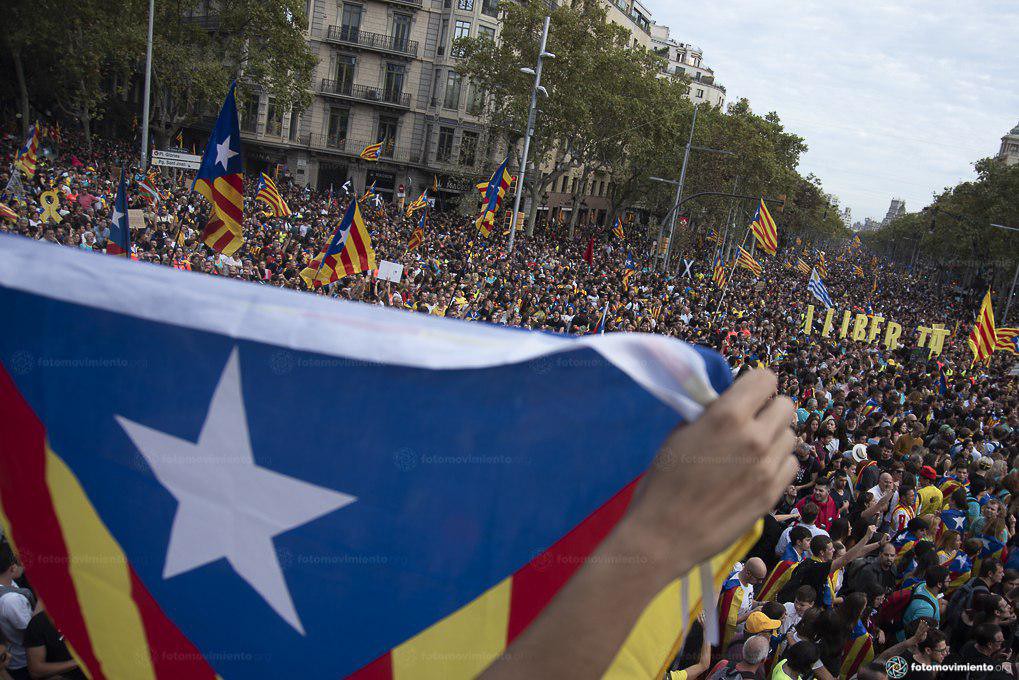
(Source: Fotomovimiento, via Flickr.com.)
For most of the week, the protests were like earlier Catalan independence protests – large, but peaceful. Hundreds of thousands of people gathered, many wearing yellow ribbons as a symbol of support for the jailed leaders. But at night, other groups of protesters became more violent.
On Friday, there was a general strike in Barcelona, the region’s capital. Members of many different workers’ groups took part in the strike. Nearly half the city’s businesses were closed. So were many streets and highways. Over half a million people gathered in the city’s center in a peaceful protest.
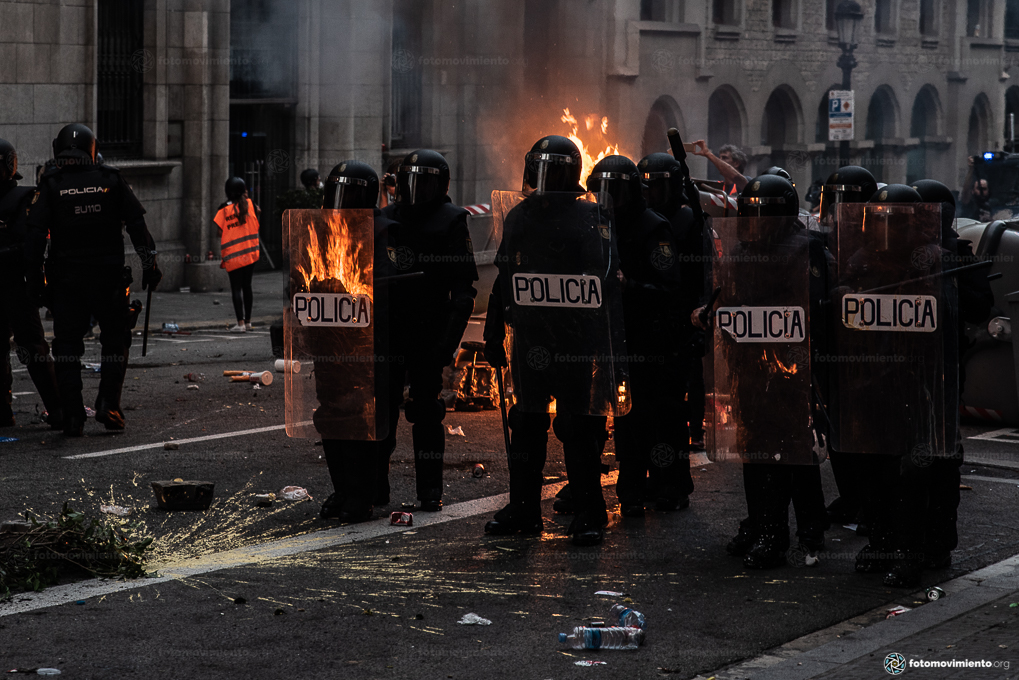
(Source: Fotomovimiento, via Flickr.com.)
But in other areas of Barcelona, smaller groups of violent protesters began confronting police, damaging buildings, and setting fires. As Friday night fell, the conflict grew larger and more violent.
Police used teargas and rubber bullets to control the protests. So far, over 500 people have been injured and nearly 200 people have been arrested.
Catalonia’s president, Quim Torra, has pointed out that most of the protesters are peaceful. He and the jailed leaders have called for the violence to end.
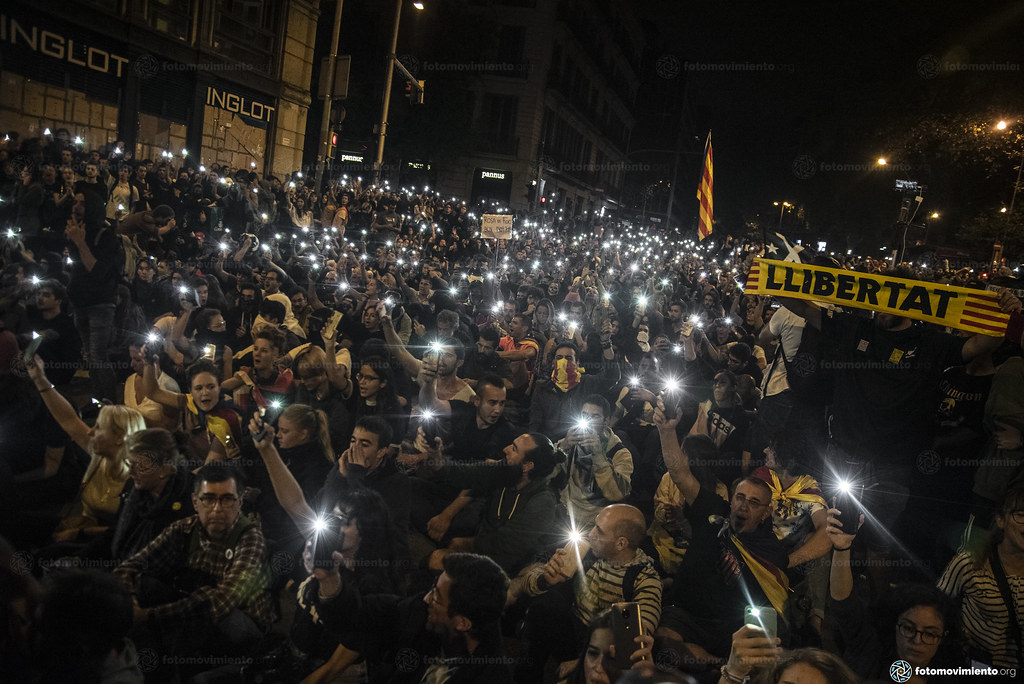
(Source: Fotomovimiento, via Flickr.com.)
Though Mr. Torra says he wants talks with the Spanish government, he also plans to hold a second vote on independence.
Spain’s acting prime minister Pedro Sanchez says that the government is open to talking, but that “the problem of Catalonia is not independence.” He said that independence wouldn’t happen because it’s against the law.
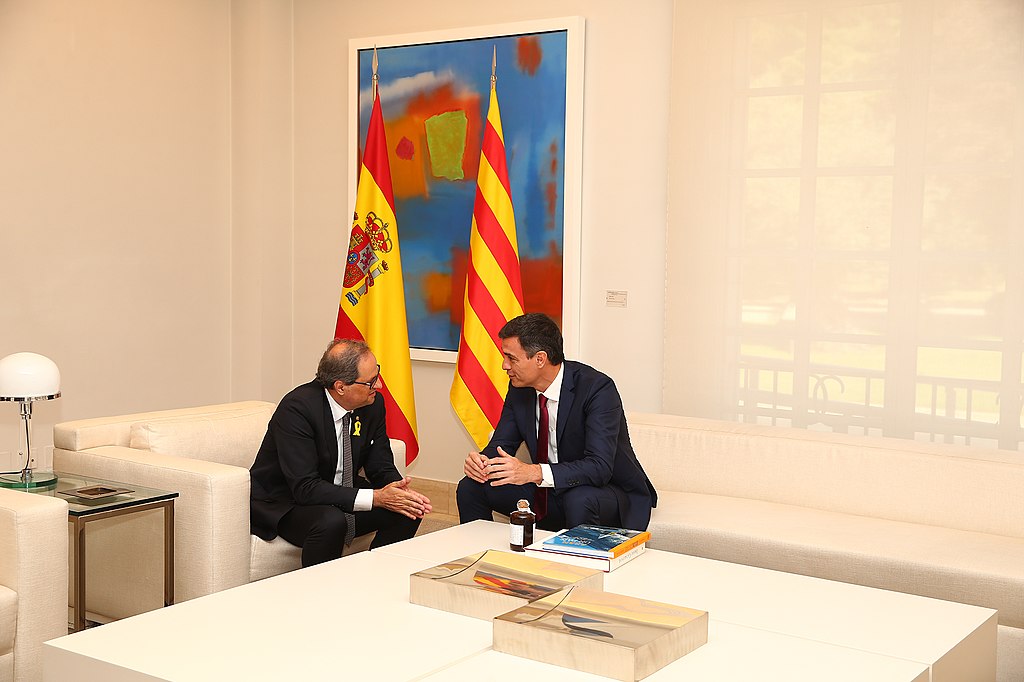
(Source: Ministry of the Presidency. Government of Spain, via Wikimedia Commons.)
The problems in Catalonia are likely to play a large part in the coming Spanish election on November 10.
😕
This map has not been loaded because of your cookie choices. To view the content, you can accept 'Non-necessary' cookies.
